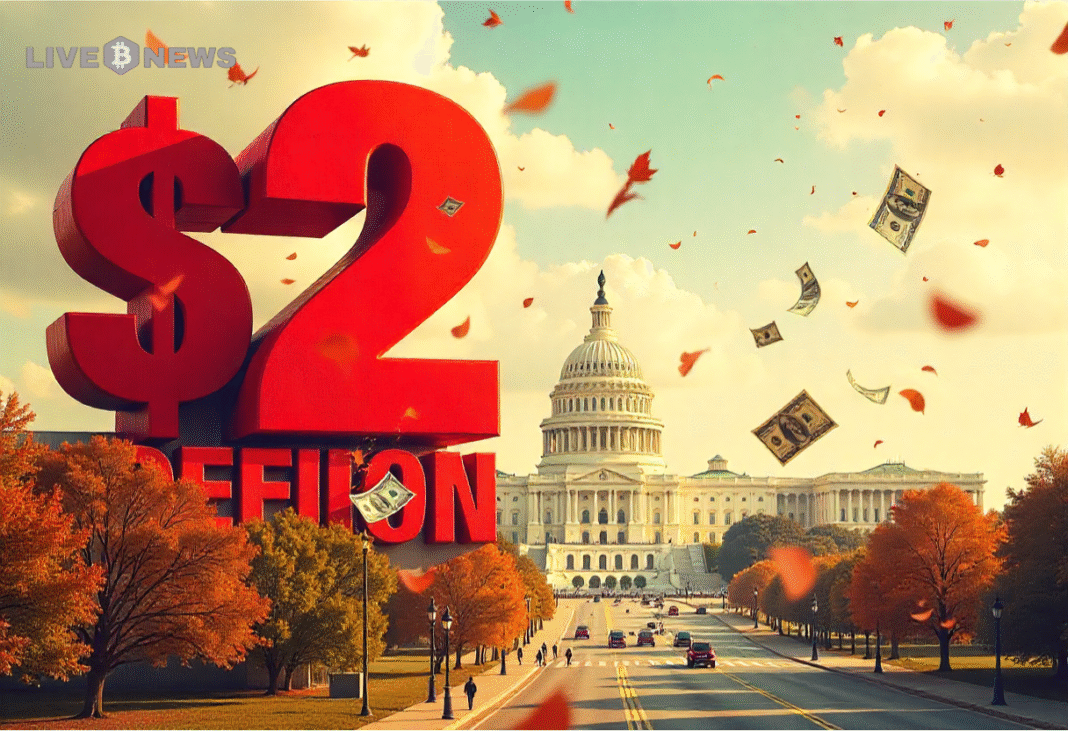Google antitrust trial opens as DOJ pushes for AdX breakup
Google is fighting to prevent the breakup of its advertising business as a major U.S. antitrust trial gets underway in Alexandria, Virginia. The Department of Justice (DOJ) and several states are pushing for the tech giant to sell its ad exchange, AdX, arguing that it has abused its dominance in online advertising.
This high-profile case is part of a broader U.S. crackdown on Big Tech. Similar legal battles are underway against Meta, Amazon, and Apple, making Google’s trial a key test of how far courts will go to reshape the online advertising landscape.
DOJ pushes Google to sell AdX in court
The DOJ claims Google exploits websites through its AdX platform by charging a 20% fee on every ad sale. Critics argue that this fee is excessive, giving it an unfair edge over competitors.
The agency is pushing for the tech giant to sell AdX and make the ad auction system transparent. DOJ officials believe this would allow other companies to compete fairly, since Google controls nearly all ad auctions.
Judge Leonie Brinkema, who presides over the trial, has already stated that Google holds illegal monopolies in online advertising. She will determine the remedies required, but the DOJ says the company should also sell its publisher ad server if its proposed reforms fail to boost competition within four years.
The trial will feature testimonies from media industry figures affected by Google’s dominance. Representatives from DailyMail.com, Advance Local, and former News Corp leaders will describe how Google forced them to remain within its ad system. Witnesses say Google’s auction process gave its own advertisers the first and last opportunity to bid, leaving website owners with less revenue than they might have earned in a fair market.
They will also explain how Google’s policies hindered publishers from cutting costs and blocked competition from other ad tech companies. These accounts aim to show the real-world impact of Google’s control and support the DOJ’s argument that selling AdX and implementing these reforms would foster fairer competition in online advertising.
Google proposes policy changes to avoid breakup
In response, Google told the court that it does not want to be forced to sell AdX and that the court should take a careful approach before making any big decisions. The company referred to a recent case in Washington, D.C., where another judge looked at a similar antitrust case about Google Search and rejected most of the demands from the DOJ.
Google says selling AdX could create long-lasting problems and confusion for advertisers who pay to show their ads. Additionally, it says it would be better for everyone if the rules and policies were changed rather than the entire business being broken up.
The court insists that changing the rules will help publishers and advertisers work more easily in the market and let other companies compete fairly. However, Google’s main goal is to keep the current system and avoid chaos for businesses that rely on its ad systems.
The Department of Justice argues that these changes are insufficient, as Google would still control the key parts of the ad system. During the trial, the court may also review internal Google studies and documents from a past European investigation into selling AdX.
These documents could show Google’s thoughts about selling AdX, its meaning, and why the firm chose not to sell it. Showing these documents in court may make things difficult for Google because it could prove that the company could have sold AdX but decided to keep it.
If the court sides with the DOJ, this could be the biggest change to Google’s business since the company started. However, if the court asks the firm only to change policies, many people who worry about Big Tech may see it as another missed chance to reduce the power of very large companies. Either way, the outcome will show how far courts will go to make online advertising fair.
KEY Difference Wire: the secret tool crypto projects use to get guaranteed media coverage
También te puede interesar

US Deficit to Surpass $2 Trillion Despite Record Tariff Revenue

Stablecoins Unveiled: JPMorgan CEO’s Decisive Stance on Bank Deposits
